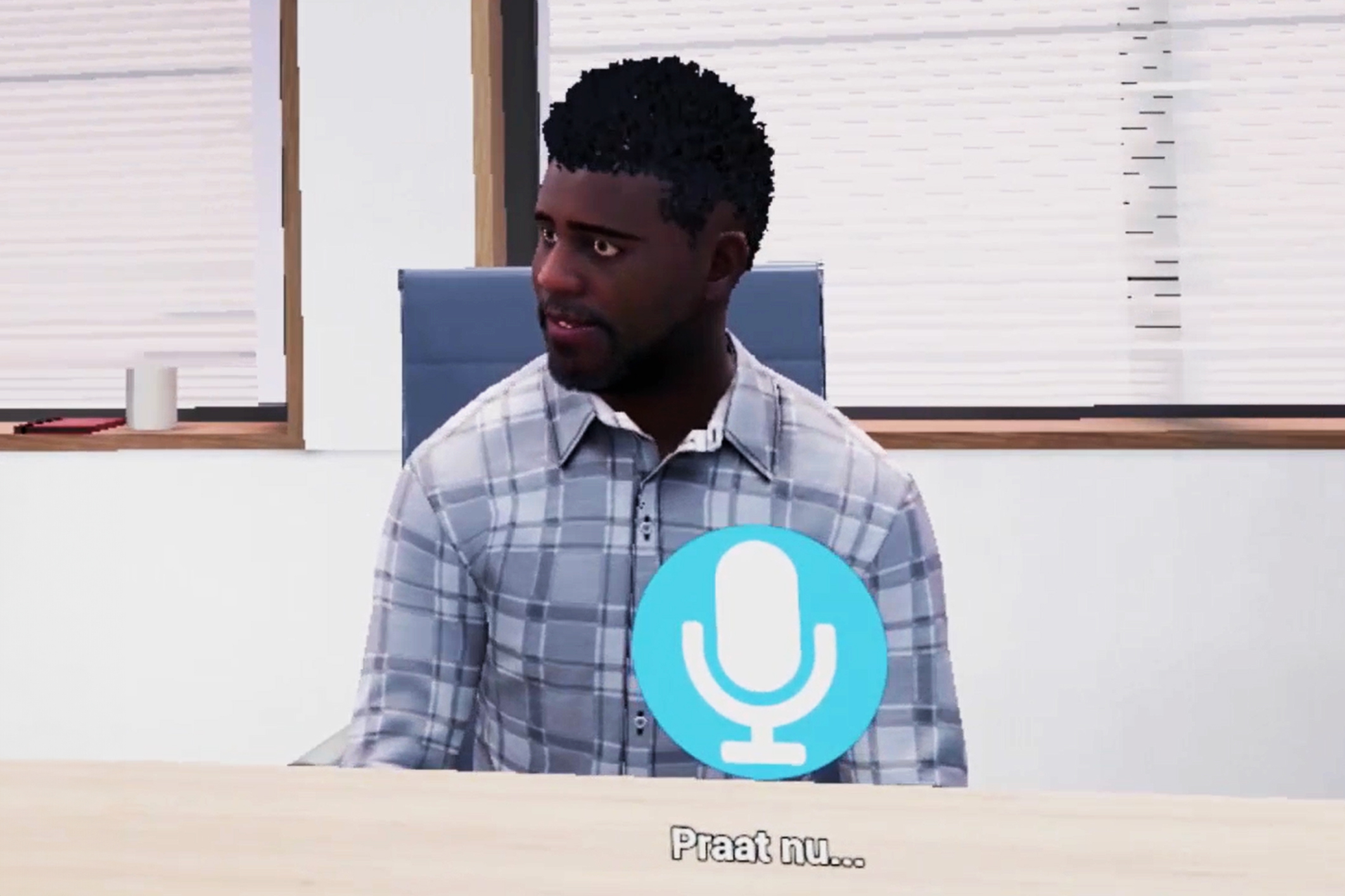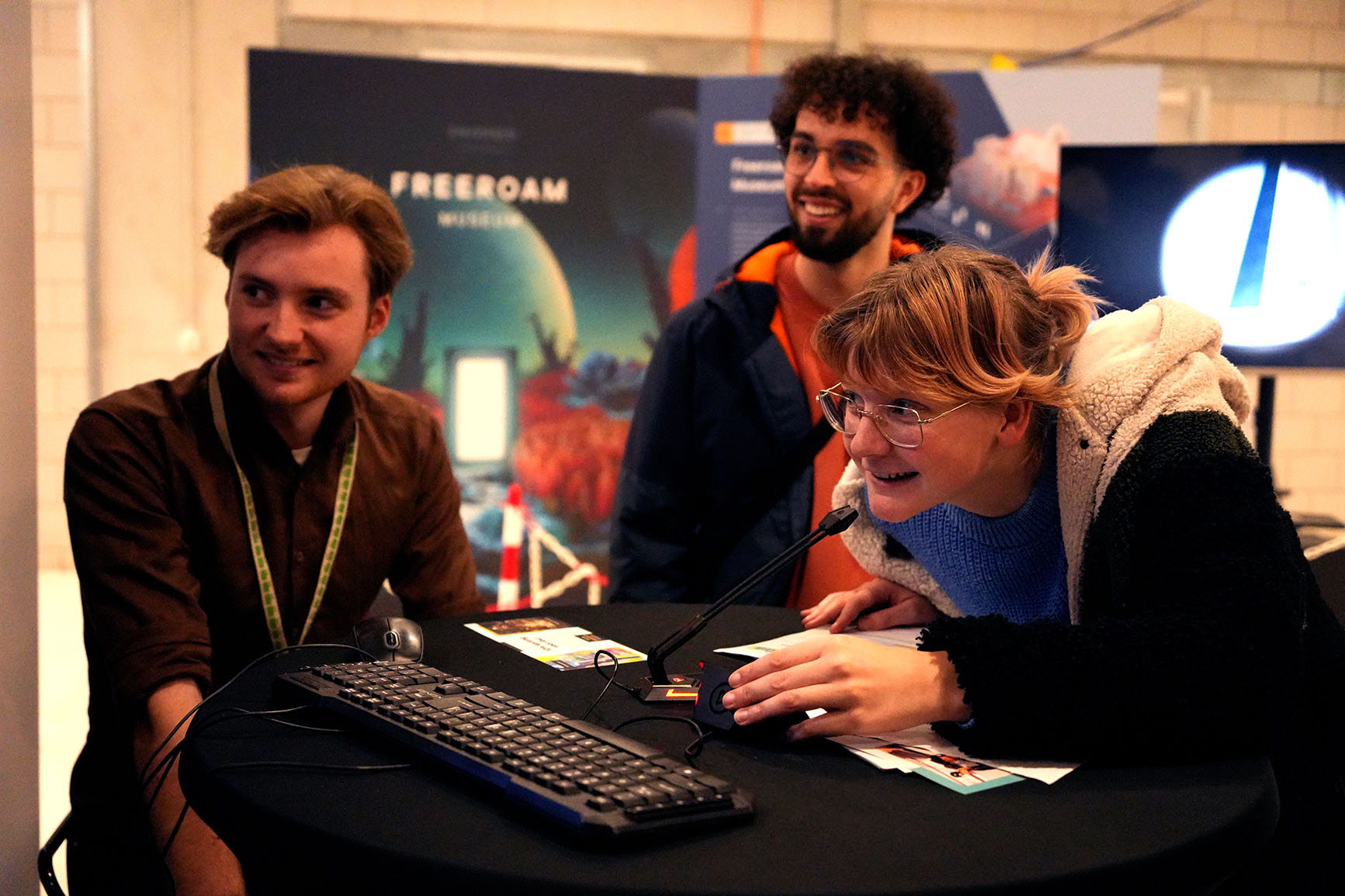Conversational Artificial Intelligence (AI) may sound complex, but its main goal is to make applications more human and dynamic. This promising technology has the potential to make our lives easier and more enjoyable. Let’s explore what Conversational AI is and how we can apply it.
'Hey Google, what is Conversational AI?'
Think of Conversational AI as a kind of digital friend or conversation partner. No, you can’t have a cup of coffee with it, but it does provide excellent answers to your questions and engages in natural conversations. Examples of where you encounter this technology are website chatbots and virtual assistants like Google Bard and ChatGPT.
This AI doesn’t follow a fixed script but learns from past conversations. This means it will never tell the same joke twice, unless you ask it to. As the AI becomes better at understanding and using human language, it can perform a wide range of tasks, from answering urgent questions to playing roles as digital characters. The latter is especially relevant to us!
AI Murder Mystery: An Immersive 'Whodunit'
Let’s take a look at a fun application of conversational AI: a Murder Mystery game we recently developed in collaboration with SkillFull. This thrilling game uses AI to bring characters to life.
As a player, you step into the shoes of a detective solving a mysterious murder case by interrogating four suspects. Conversational AI makes these conversations dynamic and unique for every play session.

Picture: Presenting the AI Murder Mystery during Dutch Design Week!
Here’s how it works:
- Task #1: You start the game with some background information about the murder and the four suspects. Each of these suspects has a unique personality and story in the AI’s database.
- Task #2: It’s time to grill the suspects. You can ask questions like “Where were you during the murder?” or “Do you have any connection to the victim?” They can respond to anything you can think of.
- Task #3: While interrogating the suspects, you can gather clues and find evidence. But be warned, these characters aren’t planning to make it easy for you. They might dodge your questions or even outright lie if it suits them.
- Final task: After 10 questions, it’s up to you to piece together the puzzle and identify the culprit.
What makes this game truly special is that the suspects dynamically respond to your questions. That makes every play session different. So no matter how many times you play, you’ll always discover something new.
'Conversational AI adds a new dimension to traditional games: dynamic stories that are unique to each player.'
From Game to Training: Practicing Conversations with AI
And now for a more serious side of conversational AI: a business conversation trainer. Together with Crowe Foederer, we are developing a training that combines conversational AI and virtual reality (VR) to enhance the communication skills of HR and management professionals.
The training is currently in a pilot phase, allowing us to experiment with the possibilities of conversational AI.

Foto: Early footage of the conversation trainer.
During the pilot phase, we can already see that this form of AI has the potential to truly elevate soft skill training. Here are four reasons why:
- No script: AI characters don’t read fixed scripts. Instead, they respond to what you say and how you say it. For soft skill training, this is much more educational than when an actor reads a script based on a memorized sentence or question.
- Repetition without repetition: Each conversation is unique, allowing you to practice as often as you want without the material becoming repetitive.
- Roleplay without actors: You can train without having to hire actors or having to practice with colleagues, as the AI characters do all the acting work.
- Adaptability: AI characters can be tailored to the specific needs of an organization with custom scenarios, personalities, and training modules.
In short, the conversation trainer offers an interactive, personalized, and accessible way to train your teams, especially when it comes to communication skills.
Conclusion
Conversational AI is not only a fun way to solve a murder mystery, but also a valuable tool for business training. It takes digital characters to a much higher level: conversations feel realistic and human. This brings a new level of interaction, engagement, and efficiency to the world of (serious) games and virtual training.
As developers, we see various applications and opportunities for this promising technology and are ready to explore them. Are you in? 😉

